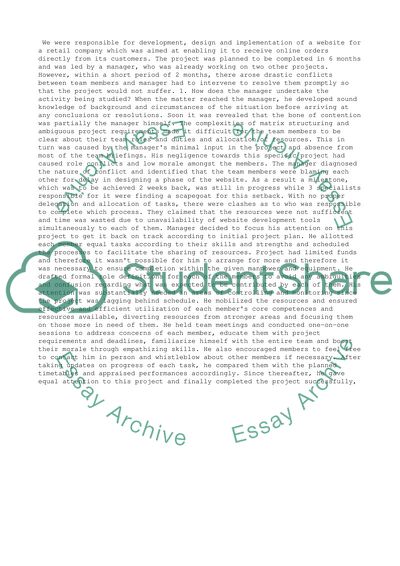Cite this document
(“Managerial Behaviour Essay Example | Topics and Well Written Essays - 1500 words”, n.d.)
Managerial Behaviour Essay Example | Topics and Well Written Essays - 1500 words. Retrieved from https://studentshare.org/management/1479151-managerial-behaviour
Managerial Behaviour Essay Example | Topics and Well Written Essays - 1500 words. Retrieved from https://studentshare.org/management/1479151-managerial-behaviour
(Managerial Behaviour Essay Example | Topics and Well Written Essays - 1500 Words)
Managerial Behaviour Essay Example | Topics and Well Written Essays - 1500 Words. https://studentshare.org/management/1479151-managerial-behaviour.
Managerial Behaviour Essay Example | Topics and Well Written Essays - 1500 Words. https://studentshare.org/management/1479151-managerial-behaviour.
“Managerial Behaviour Essay Example | Topics and Well Written Essays - 1500 Words”, n.d. https://studentshare.org/management/1479151-managerial-behaviour.


